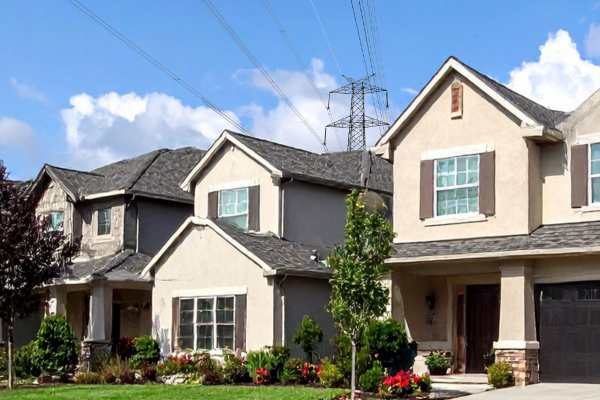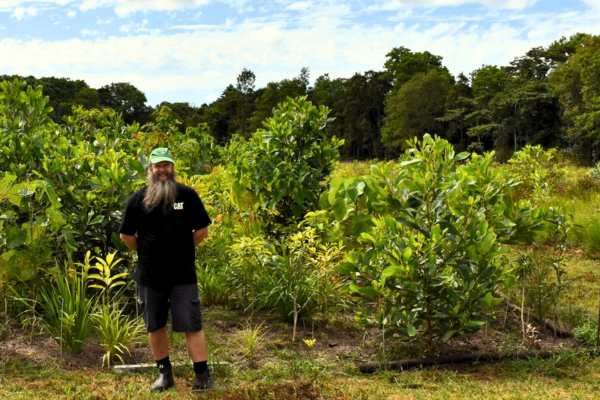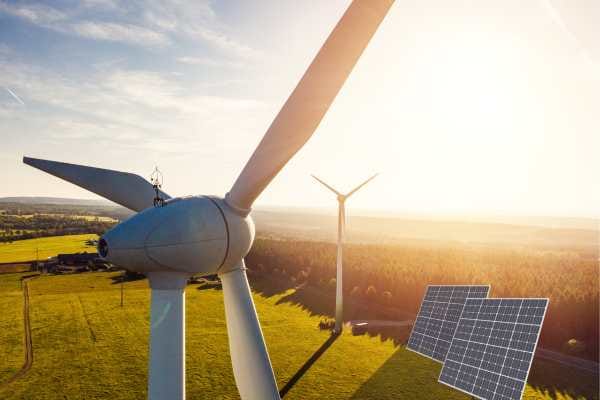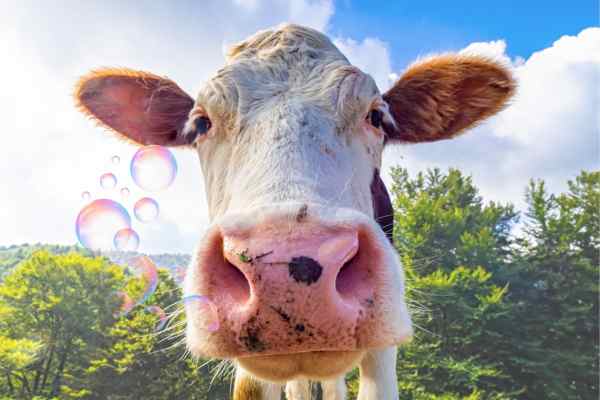Safe harbour for seahorses
A conservation project in Sydney Harbour is helping an endangered seahorse population.
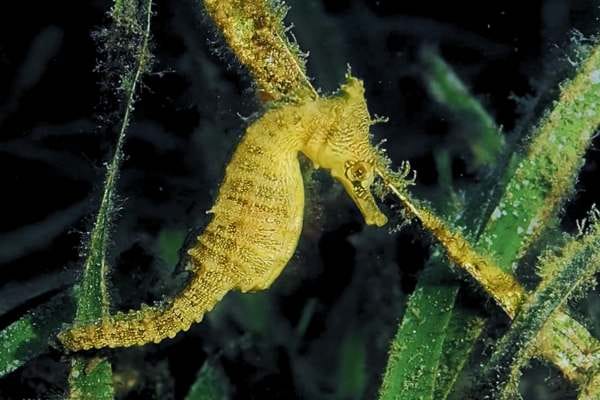
A conservation project rebuilding lost underwater pastures in Sydney Harbour is helping an endangered seahorse population.
The University of New South Wales and the Sydney Institute of Marine Science are working together on a project called Greener Pastures to help the endangered White’s seahorse (Hippocampus whitei).
White’s seahorse, which is native to Australia’s east coast, is the nation’s first seahorse species to be listed as endangered – and only the second in the world to be listed.
Because they swim upright, seahorses use their tails to anchor themselves and avoid being swept away by currents.
Their primary habitat is a native seagrass, Posidonia australis, which once formed vast meadows along Sydney’s coastline. Over the past 50 years, researchers say these underwater meadows have nearly vanished amid coastal development, pollution, dredging, and more recently, boating activity.
“As the seagrass meadows disappear, so too do the species that depend on them,” UNSW Sydney Professor Adriana Vergés says.
“We are aiming to tackle one of the root causes of the decline in White’s seahorse populations, which is the loss of habitat.”
The goal of Greener Pastures is to restore both Posidonia and White’s seahorse populations in Sydney Harbour.
Vergés, a member of the Greener Pastures project, is also co-founder of the UNSW-led Operation Posidonia and a lead investigator at Project Restore, a multi-agency initiative focused on rehabilitating Sydney Harbour’s habitats.
She says that Australia’s largest seagrass, Posidonia australis, is highly productive but slow-growing, making recovery difficult.
“There is minimal Posidonia remaining in Sydney Harbour,” Vergés says. “Historically, these meadows were extensive but coastal development and physical disturbances have wiped much of them out.
“We predict Posidonia will be locally extinct from Sydney Harbour within the next couple of decades unless we do something about it.”
Ecological stability
Seagrasses offer a range of ecological benefits, according to the researchers. Their root systems stabilise sediment and protect shorelines from erosion while their meadows capture carbon at rates far greater than land-based forests and also provide vital nursery habitats for fish, invertebrates, and seahorses.
“With the Greener Pastures project, we are aiming to tackle one of the root causes of the decline in White’s seahorse populations, which is the loss of habitat,” Vergés says.
“We can breed and release them, but unless we restore their homes, their populations will keep falling.”
The project is embracing a few strategies including restoring seagrass habitats with seagrass shoots collected by citizen scientists and replanted beside specially designed cages known as "seahorse hotels."
The researchers are also replacing damaging boat moorings, which use heavy chains that drag across the seabed, with environmentally-friendly alternatives (see box).
“To hold on to that habitat is critically important,” says Mitchell Brennan, program manager of the Sydney Seahorse Project at SIMS and a PhD candidate at the University of Technology Sydney.
“Seahorses rely on highly complex habitats like seagrass meadows to camouflage, anchor and feed,” Brennan says.
Luxury lodgings
This is where the seahorse hotels come in. These were originally designed by Dr David Harasti from the NSW Department of Primary Industries and Regional Development and were inspired by old crab traps he found teeming with marine life.
Harasti developed the one-metre-square steel mesh cages to mimic natural habitat and he says they provide seahorses with shelter from predators and attract tiny crustaceans, their main food source.
“When left on the seafloor these bespoke hotels soon become encrusted with sponges, corals and algae,” Harasti says.
Over time, the structures become creating miniature ecosystems and Posidonia is replanted alongside them. This growth provides anchoring points for seahorses, which are now beginning to use both the hotels and surrounding restored seagrass.
At Cobblers Beach, north of Sydney Harbour’s Middle Head, which is one of the main project sites, 15 seahorse hotels have been installed.
“Within three to six months, the seahorses move in,” Harasti says.
In seahorse species, it’s the males that give birth and he says the population has already grown – from eight individuals in 2024 to 12 this year, with several juveniles thought to have been born onsite.
Vergés is hopeful that over the next 10 to 15 years, both Posidonia meadows and White’s seahorses could recover – and even potentially lose their endangered status.
“I’d like to see a growing population of White’s seahorse occupying this habitat – both of them recovering together.”
Traditionally, boats are moored in Sydney Harbour using heavy chains that drag along the seabed, disrupting marine habitats. Transport for NSW and the CSIRO are currently collaborating on environmentally friendly boat moorings. Together they are investigating, designing and trialing different types of moorings that better protect sensitive marine habitat such as seagrass while also being safe and dependable for boats. This new type of mooring aims to minimise contact with the seafloor through the use of a flexible, buoyant line with sufficient strength and elasticity to dampen the action of wind and waves on the vessel.


